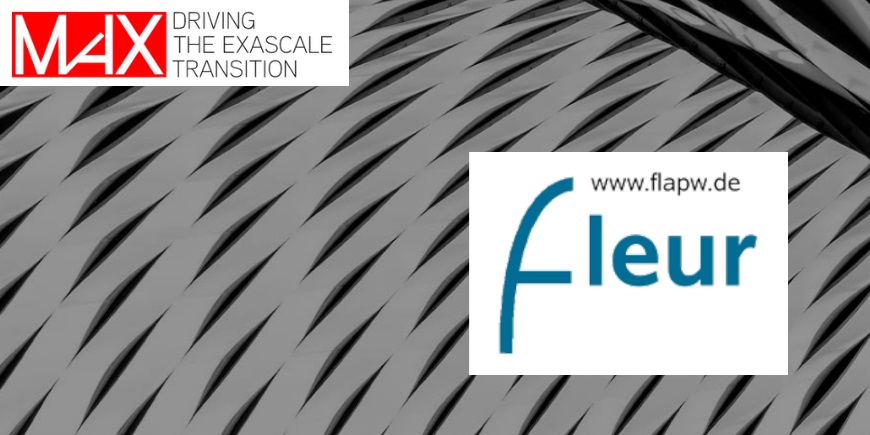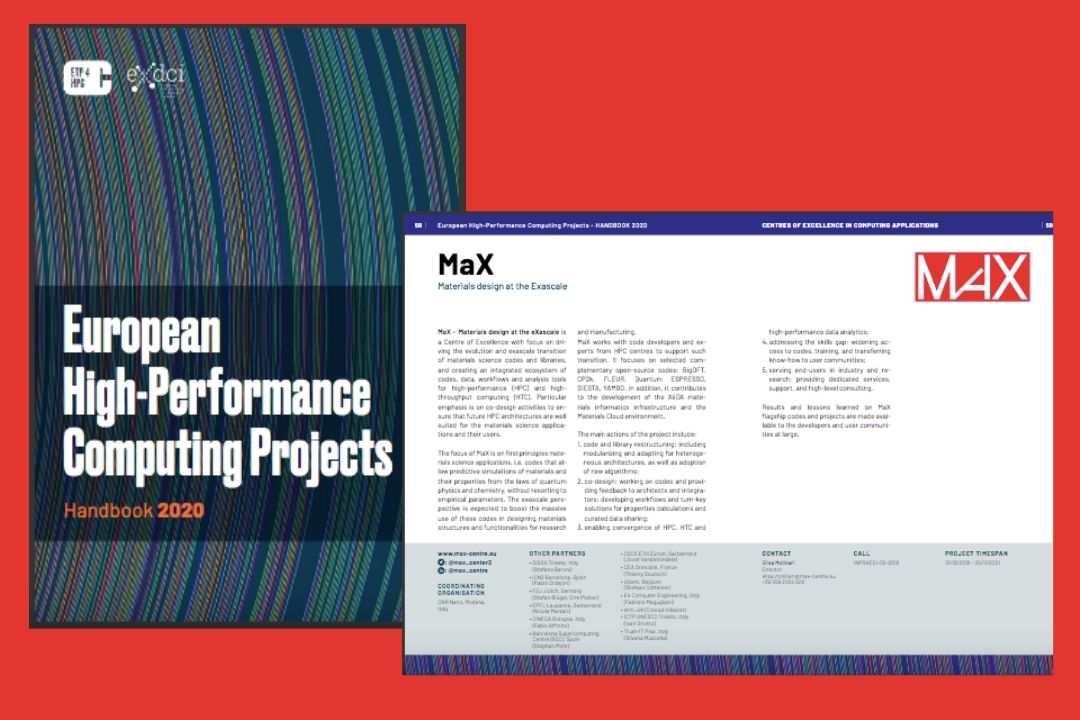BigDFT Webinar - Highlights and Insights
On the 12th November, the 7th webinar of the MaX series on Flagship codes entitled “The Flexibilities of Wavelets for Electronic Structure Calculations in Large Systems” was held, focusing on material simulation codes in the HPC environment.
The webinar was focused on the basic features, peculiarities and formalism of BigDFT code. The webinar started with an introduction of BigDFT functionalities, continued providing examples of its applicability and ended sharing the possible future developments of BigDFT, providing the following takeaways:
- What the theoretical background is on which BigDFT code is built;
- What the fields of application are in which BigDFT can be used;
- Future developments of BigDFT.
The webinar was moderated by Luigi Genovese, CEA Computational Physicist in the domain of Material Sciences, who introduced the agenda, explained the role of wavelets in the context of HPC and made an exhaustive conclusion to the webinar.
The other four speakers were:
Thierry Deutsch, CEA Research Director and coordinator of the European project BigDFT, who provided a historical background of the code development and the advantages of using the new BigDFT formalism.
Laura Ratcliff, EPSRC Early Career Research Fellow in the Department of Materials at Imperial College London. Laura provided examples of BigDFT applied to both big and molecular systems, the distorsion effects and the simulation challenges.
William Dawson, Research Scientist at the RIKEN Center for Computational Science, who provided BigDFT real examples to introduce the purity indicator, the fragment bond order and highlighted limitations and potentialities of simulation environments.
The last speaker was Augustin Degomme, Computer Science Engineer at the IRIG institute from CEA, who explained how to use BigDFT in HPC and software environments while keeping a balance between the modularity and simplicity of usage.
Key takeaways
This webinar was very well received with a total of 73 live participants (out of 132 registered participants) coming from 21 countries around the globe: 12 EU and 9 Non-EU. The majority were from the USA (18%), respectively followed by France (12%), Spain (10%) and India, Italy and the United Kingdom (8% each). See the complete participants' distribution in the figure below.
During the webinar, some live poll-questions were posed to the audience to better understand the participants’ average engagement and familiarity with BigDTF calculations and exploitation. The following graphs display the main outcomes pulled out from the short surveys:
Question 1: Question 2:
Question 3: Question 4
Highlights
BigDFT is an open source code designed for usage on massively parallel architectures. The main benefits of BigDFT are its high versatility and the new formalism. Thanks to them, it finds applicability in both molecular and extended systems. Hence, it provides the opportunity to simulate complex materials, understand information about systems' constituents and allows a suitable way of modelling their interaction by reducing the complexity of the simulation.
In addition, BigDFT is a MaX code based on wavelets and provides fast, precise and flexible atomistic simulations.
On the other hand, the challenges of this code are linked to the impossibility of finding a solution that can be at the same time modular and easy to use. Hence, a compromise is needed.
In the future, BigDFT will continue to move in the direction of becoming more robust with a higher level of accuracy and flexibility, and explore interplay environments. BigDFT's main goal will be to provide a high quality back end for extraction of information for different communities.
To learn more about BigDFT code, inputs and basic usage, visit www.bigdft.org.
If you missed the MaX webinar on BigDFT code, click here to watch the recorded webinar and download the speakers’ slides.



